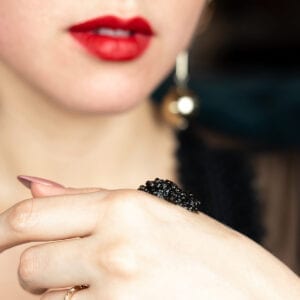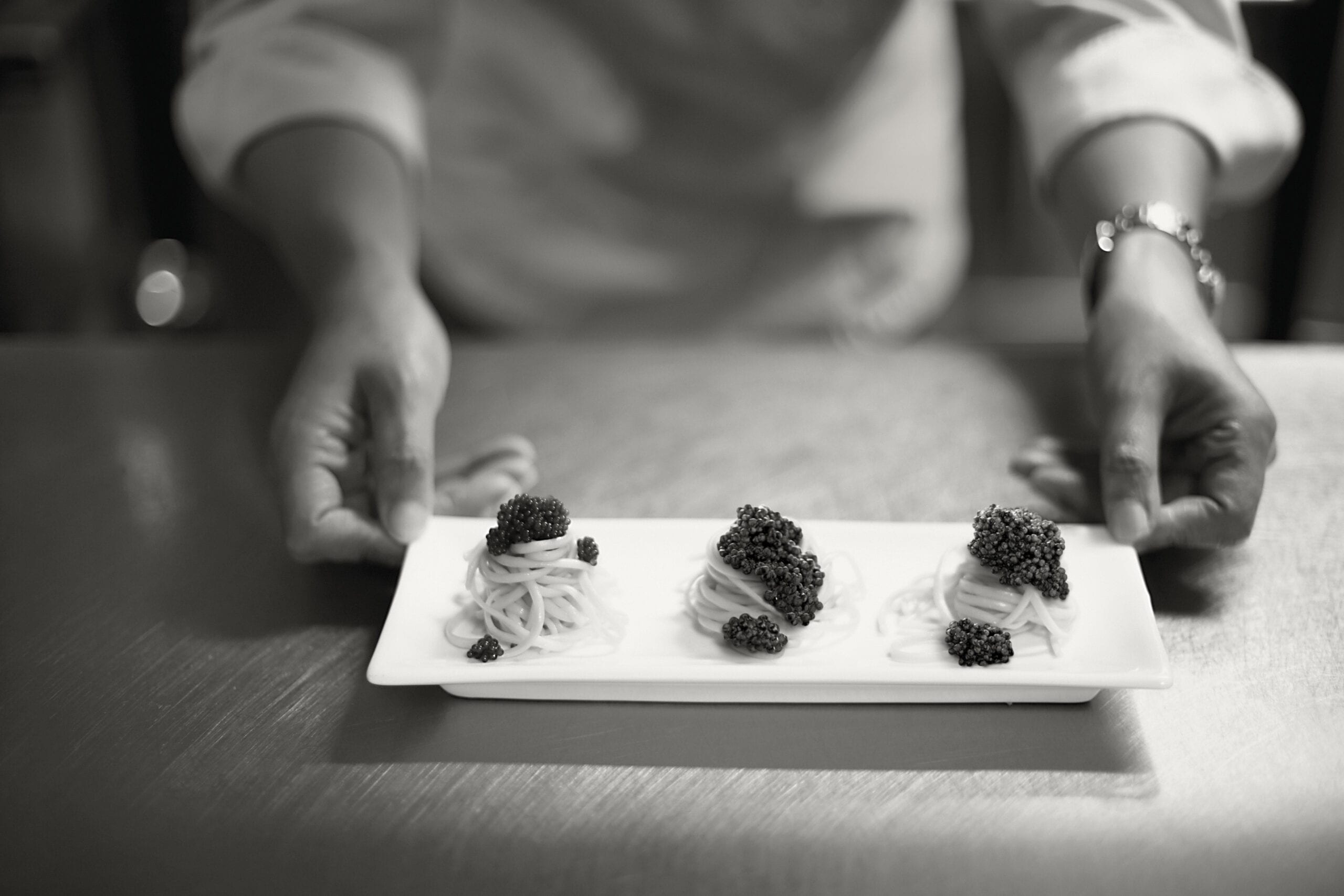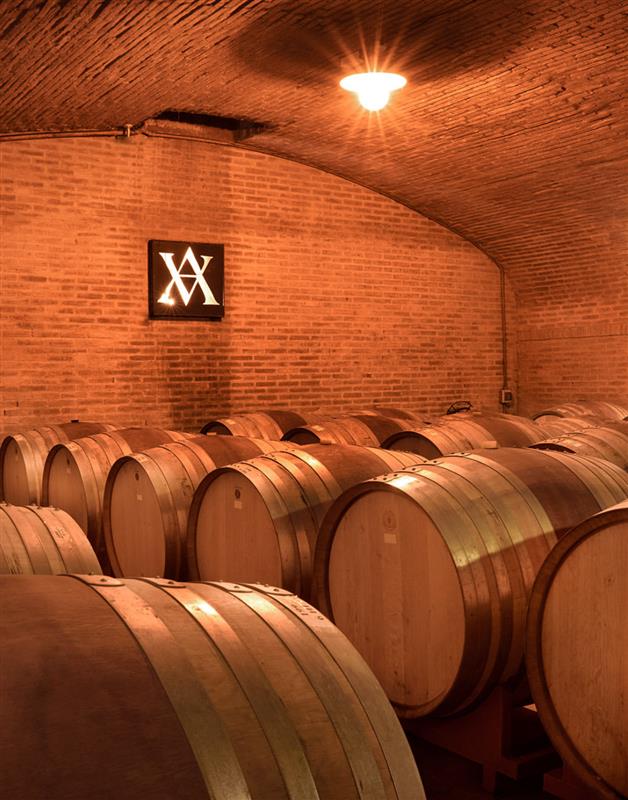The word caviar is often misused when referring to various types of fish eggs, or roe. Fish roe is a delicacy coming from trout, salmon, or other fish, but is in a different category than caviar, which comes exclusively from the sturgeon fish.
One of the most luxurious and classic pairings for caviar is Champagne. Caviar’s high fat content and distinct saltiness is perfectly balanced by the bubbles and “cleansing” dryness of Champagne. And if the occasion calls for one, then you might as well crack open the other!
Below are five more facts about caviar that you might be surprised to learn:
-
Caviar shouldn’t taste fishy.
The taste of fresh, unpasteurized caviar has an extremely delicate flavor with aromas of butter, dried fruit, and nuts, depending on the species of sturgeon it comes from. Some caviar boasts stronger notes of the sea that are reminiscent of seafood, while others evoke the sweetness of shellfish or seaweed. Bear in mind that while seafood can have distinctive briny flavors and is, indeed, a fish product, you would never describe your favorite fish dish as “fishy.” Likewise, good quality caviar that has been preserved properly should never have a persistent or unpleasant fishy flavor.
-
Good caviar does not have to “pop.”
Oftentimes, the “pop” most people refer to is due to roe’s pasteurization, a heat treatment that extends shelf life but takes away most of the original flavors and nutritional properties of the prized roe. Caviar’s texture and roe size vary from species to species. The texture of fresh caviar is smooth and velvety, and the firmness of the bead varies according to the fish’s DNA, but fresh, untreated caviar normally features a firm yet delicate texture (and perhaps an ever so delicate “pop”). One brand of caviar that is always fresh and non-pasteurized is Calvisius
-
You really should use mother of pearl spoons to enjoy caviar.
Mother of pearl, bone, or horn are the most suitable materials to serve and taste caviar without any interference to the roe’s smooth taste and delicate bead structure. Sterling silver and other metals may impart an undesirable flavor to caviar. The only metal that can touch the prized roe is pure gold!
-
The caviar bump and Champagne is a step up (rather, several) from the salt-lick and Tequila.
A dollop of caviar placed on your hand for tasting can also be called colloquially a “caviar bump.” It is a very engaging experience, but also the best way to determine the caviar’s quality and maximize the tasting experience. Best followed with a glass of Champagne, like Taittinger Brut Millesime.

-
If you want a delicate flavor, look for the word “Malossol” on the label.
The word “Malossol” can be found on caviar labels and refers to a traditional Russian caviar curing technique. It means “little salt,” and signifies the use of less than 5% salt in curing the caviar. Traditionally, salting was the only way to cure caviar or roe, and liberal amounts could overpower the flavors, so Malossol was developed to distinguish high quality from, well, over-salted.




